20 pairs of doppelgänger cars
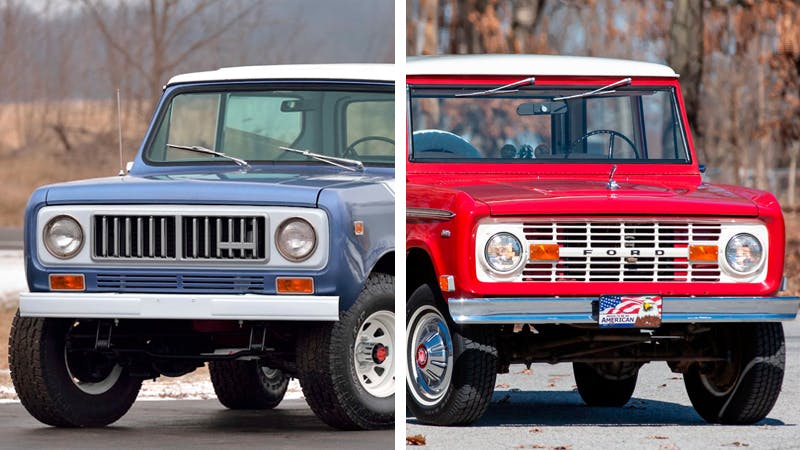
Imitation is the sincerest form of flattery, right? If that’s the case, there must be plenty of automotive designers doing an awful lot of blushing, because we managed to outline a long list of cars that share more than a passing resemblance to totally different models. We’re skipping badge-engineered cars or captive imports—that’s just cheating. Without further ado, here are 20 sets of cars, trucks, and SUVs that look a lot alike, whether by accident or by intent.
1969 Ford Mustang and 1973 Celica fastback
Toyota’s first Celica was a stylish coupe that shared its platform with a mainstream sedan, making it a sort of Japanese pony car. The standard coupe featured a front end design with quad headlamps and a bumper that wrapped partway up the pointed leading edge of the fenders. That aspect taken by itself resembles the 1970 Ford Torino, a bit of convergent evolution. When the 1973 liftback Celica debuted it was hard to deny that it was inspired by the Mustang. From the C-pillar louvers to the vertical elements in the taillights and flared haunches, this has Mustang fastback written all over it.
Chrysler PT Cruiser and Chevrolet HHR
It’s not so much that these cars look alike, but that the HHR was clearly designed with the same exact retro theme in mind. Bryan Nesbitt designed both, penning the shockingly successful PT Cruiser by drawing from late ‘30s cars for inspiration. After moving to GM, Nesbitt tried to get lightning to strike twice, looking to the late ‘40s/early ’50s Suburban as his muse for the HHR.
Toyota FJ40 and Nissan Patrol
The Toyota looks more like a Jeep CJ while the Nissan Patrol looks a bit like an early Land Rover, yet they both still end up looking a lot like each other. We could probably pull in a lot more 4x4s into this discussion, and most of them owe their genesis to the original WWII jeep.
1st-gen Chevy S10 and 1st-gen Dodge Dakota
This one plays out in a similar fashion to the two previous SUVs. There are only so many ways to design a cab and a bed in a time when the predominant styling trend was boxy. The difference here is that the Dakota was bigger, so you could easily differentiate between the two, at least up close.
International Harvester Scout 80/800 and first-gen Ford Bronco
In the weeks and months leading up to the 2021 Bronco reveal, Ford repeatedly (and wrongly) referred to the first-generation Bronco, which debuted as a 1966 model, as the first-ever SUV. The International Scout, which debuted five years prior, filled the same niche and looked fairly similar. Their width was identical and the Scout was less than four inches longer overall. Scouts even got the rear wheel opening right on the first try, no cutting required.
1955 Chrysler 300 and 1956+ Volvo Amazon
Chrysler hit a home run on the elegant styling of the Chrysler 300, bringing sporty looks to a luxury coupe with a perfectly executed split grille. Volvo’s take is a bit more practical, naturally, although the similar grille treatment still looks magnificent. This one of our favorite classic Swedes.
1968–1972 Corvette and 1968–1973 Opel GT
Both of these designs borrowed from the Pontiac XP-833, but we’re not complaining. The swooping fenders of the Corvette pair nicely with the vented hood that came with the 427 big-block and LT1 350. It’s admirable that Opel could fit that much style into such a small package without looking too cartoonish. If we had to pick a favorite between the two, we’re going ‘Vette over GT, despite the satisfaction that comes with pulling the lever in the Opel to roll the headlights open.
Dino 246 GT and Puma GTE
Despite the fact that the Dino was a mid-rear-engine car and the Puma had its VW engine in the back, these cars both have tunneled headlights and a similar greenhouse shape. To the untrained eye, they’re not far off.
1968-1976 Ferrari 365 GTC/4 and Chevy Monza
Another Ferrari lookalike, this one is more of a stretch. Chevrolet’s Monza fastback was a contemporary update to the H-body Vega. While the Monza did get some small-block V-8s shoehorned into its small engine bay, there’s no confusing these two when it comes to performance, but the fastback Monza does have more than a hint of 365 GTC/4 shape in the greenhouse.
Maserati Khamsin and Bitter CD
We appreciate the beautiful pairing of low-volume European design and an available American pushrod V-8. This sporty Bitter, based on the Coupe Diplomat, offered Chevy 327 V-8 power. Plenty of European coupes from the ’70s have a similar overall aesthetic, but we think it most closely resembles the attractive Maserati Khamsin. It lacks the Maserati’s distinctive transparent tail panel, but otherwise, it would be easy to mix these two up.
1972-1976 Ferrari 365 2+2 and 1979 Bitter SC
Another Opel-based Bitter, the SC used Opel Senator underpinning to make a grand touring coupe that looked quite a bit like the understated Ferrari that had gone out of production three years prior. That’s the Ferrari on the left, FYI.
1989 Daihatsu Rocky and 1989 Suzuki Sidekick
These two Japanese mini utilities were both introduced in 1989, and while they do have unique features that differentiate themselves, namely their fender flares and grilles, they both came in two-door versions with removable hardtops or soft tops and the angle of their C-pillars are virtually identical.
1975 AMC Pacer and 1977 Porsche 928
The proportions are wrong, we readily admit. However, you can’t dismiss the similarities with the wraparound quarter windows. Porsche designer Tony Lapine was supposedly struck by the Pacer’s design and it inspired the grand touring Porsche’s B-pillar and rear glass treatment. The 928 has nothing on the Mirthmobile though.
1966 AMC Marlin and 1966 Dodge Charger
Both large coupes with fastback rooflines, it would be hard to argue that the Charger wasn’t inspired by the 1963 Rambler Tarpon concept that gave birth to the AMC Marlin. AMC was initially aiming for a Barracuda competitor but the Marlin was a size larger and the Charger was larger still. We’d argue that Mopar pulled off a better roof profile, although the Marlin’s tapering roof lines, when viewed from the back, also remind us of a Chrysler Crossfire.
Mitsubishi Starion/Chrysler Conquest and Mazda RX-7
There was quite a bit of competition among the Japanese automakers in the sports compact market, filling showrooms with turbocharged coupes throughout the ’80s and ’90s. Mazda’s effort of the era, the second-generation RX-7, was inspired by the Porsche 944, as evidenced by its subtle box-flared fenders. Less subtle were the flares on the wide-body version of the Mitsubishi Starion, which we also got in the United States as the Chrysler Conquest. The two cars have a similar overall shape, both have pop-up headlights, and the resemblance is particularly strong when the RX-7 wears its optional black horizontal trim that runs right across the nose. The C-pillar quickly distinguishes the two.
1971-1972 Chevy K5 Blazer and 1972-1973 Jeep Commando
The Jeepster Commando was Jeep’s take on a Scout/Bronco competitor. If we say it looked like a CJ with a stretched fiberglass top it would be accurate but it wouldn’t do it justice. They still look great. To shake things up for 1972, Jeep dropped the Jeepster name and the Commando got a full-width front grille and new sheetmetal from the cowl forward. The grille looks a bit like Chevrolet truck’s “egg-crate” design from 1971 and 1972.
Kia Optima and Kia Stinger
We normally would ignore family resemblance when talking about doppelgängers, although these two sedans penned by former Audi designer Peter Schreyer look so much alike while being very different under the skin. The Optima is a FWD family hauler and the Stinger is a RWD sport sedan. Their profiles and C-pillars are quite similar, so don’t feel bad about getting confused when you see one on the street.
1997 Porsche Boxster and 2000 Toyota MR2
With their buggy eyes and prominent side air intakes, these two mid-engine drop-tops are frequently mistaken for one another, especially at a quick glance. Insider factoid: both have the exact same amount of headroom with the top down!
Third-generation Chevrolet Cavalier and 2004 Pontiac GTO
Certain members of the Hagerty staff have been quick to defend criticism of the 2004-2006 Pontiac GTO. Detractors will say that a muscle car like the GTO should look bold and brash, while we counter that the original muscle cars were simply two-door versions of everyday sedans that were given a performance boost by way of a big V-8. In that regard, the GTO fits the muscle car template well. However, we can’t deny that it also looks like an oversize Cavalier. We still love them.
Hummer H1 and Toyota Mega Cruiser
There was nothing on the road quite like the Hummer H1, the civilian version of the U.S. military’s HMMWV, until Toyota built itself a version. Need we say more?
Alas, there are many more lookalikes, but by this point we’re seeing double. Let us know which vehicles you think bear more than a passing resemblance.
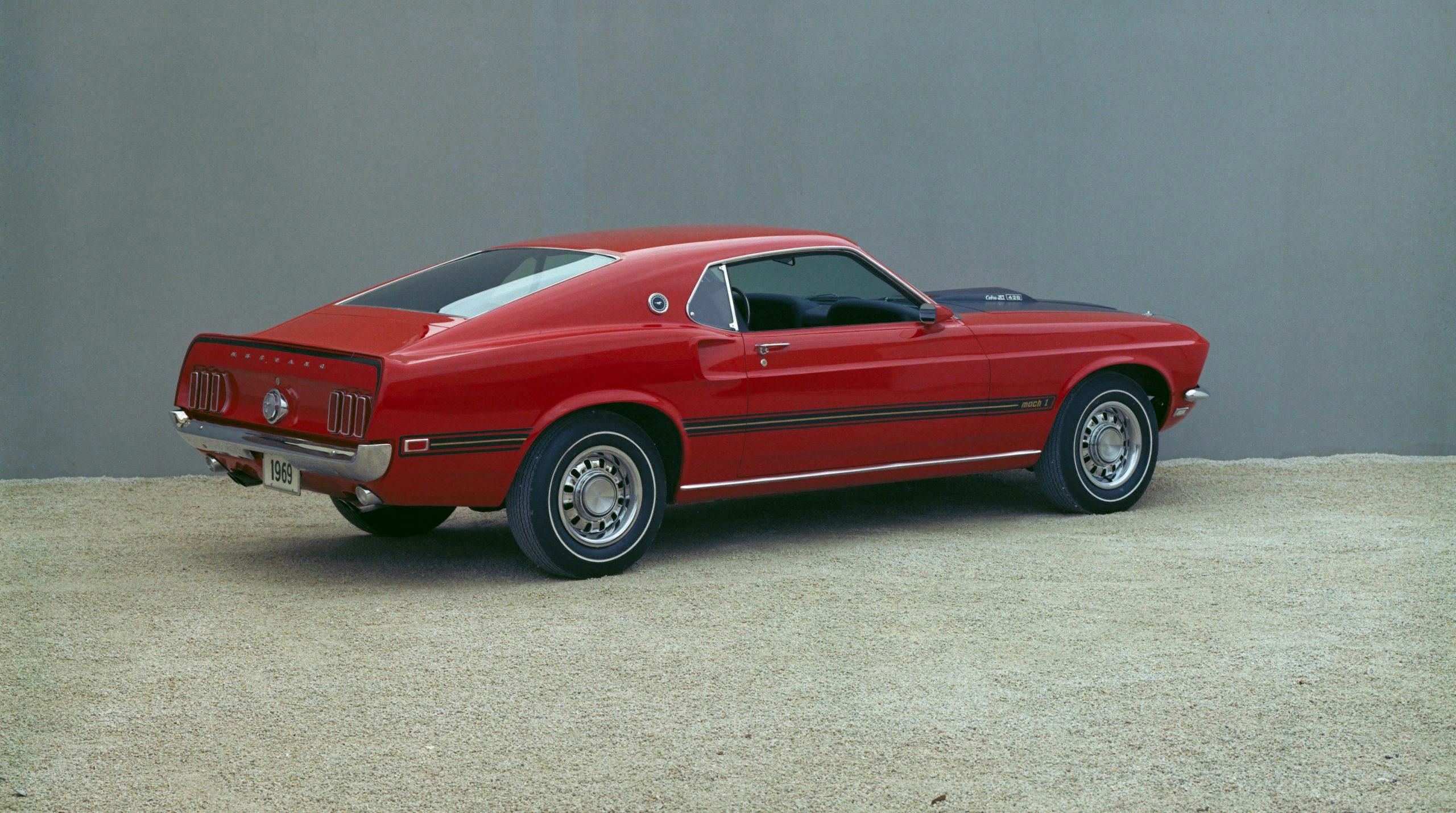
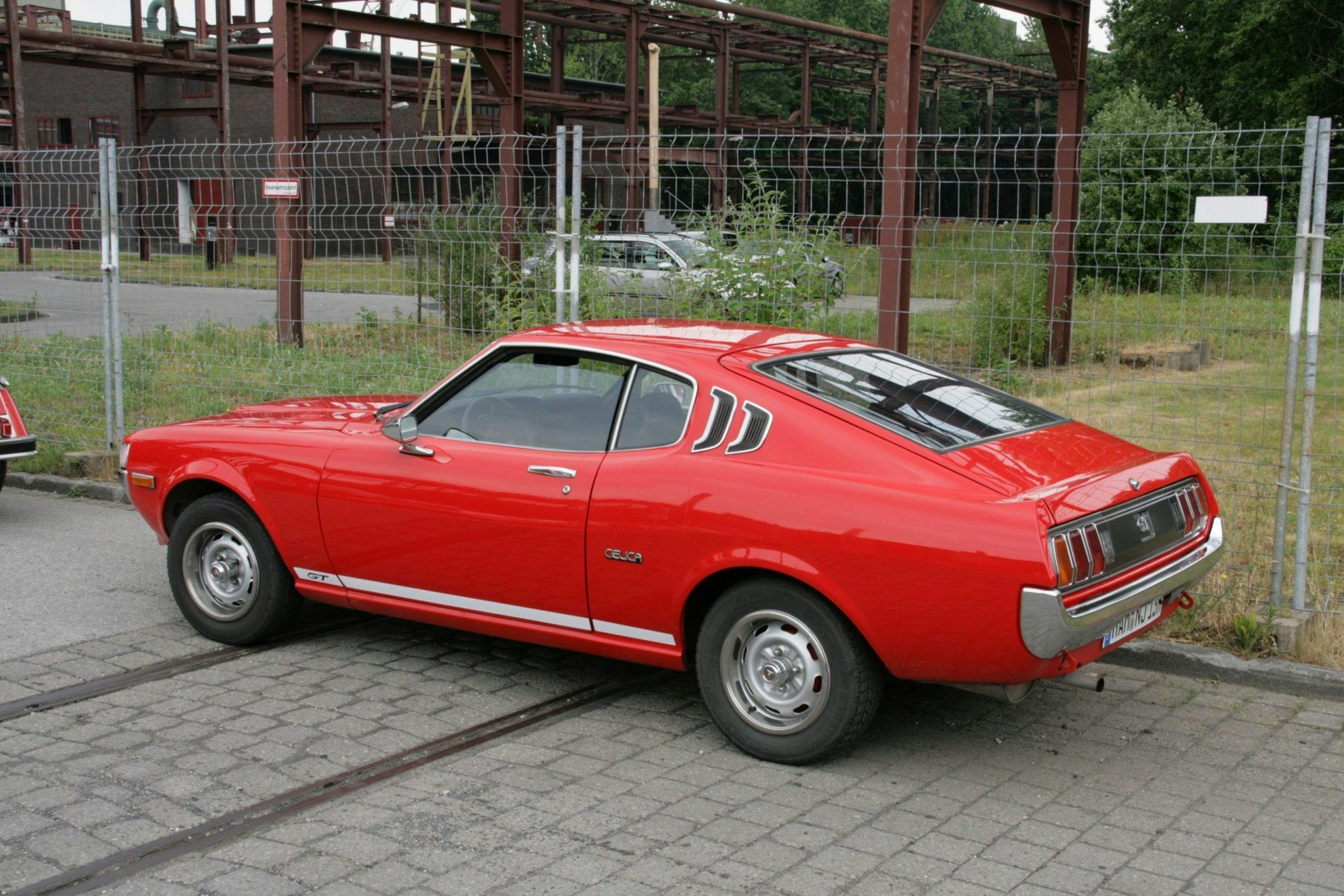

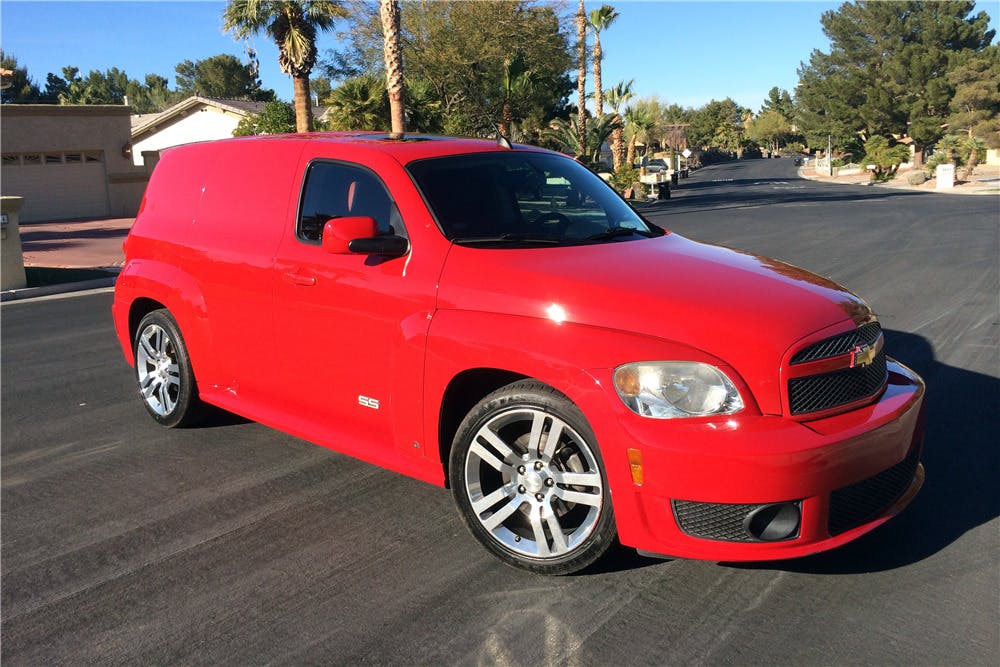
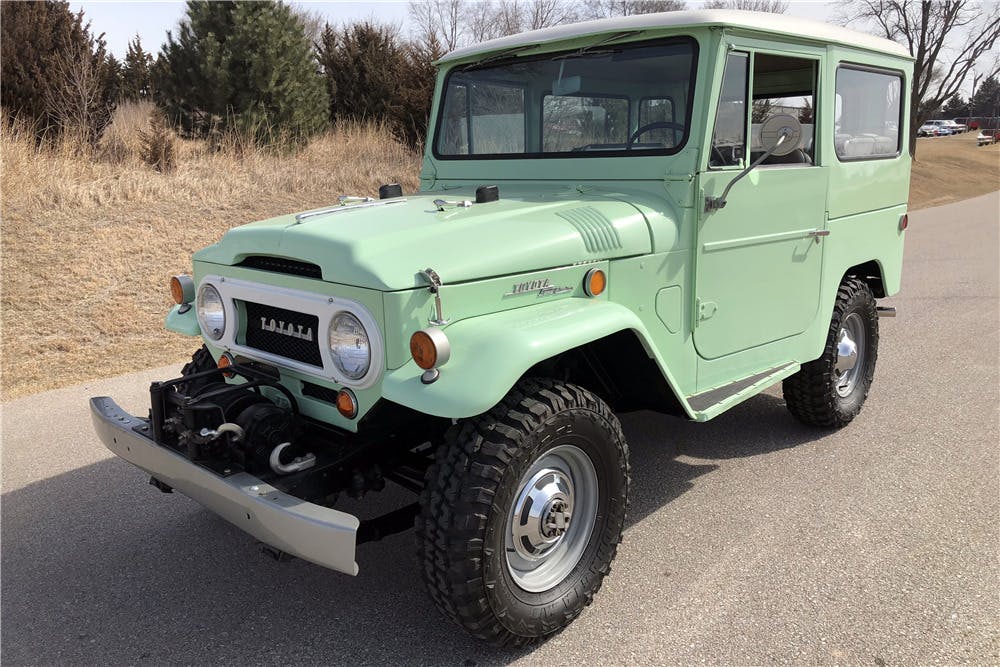

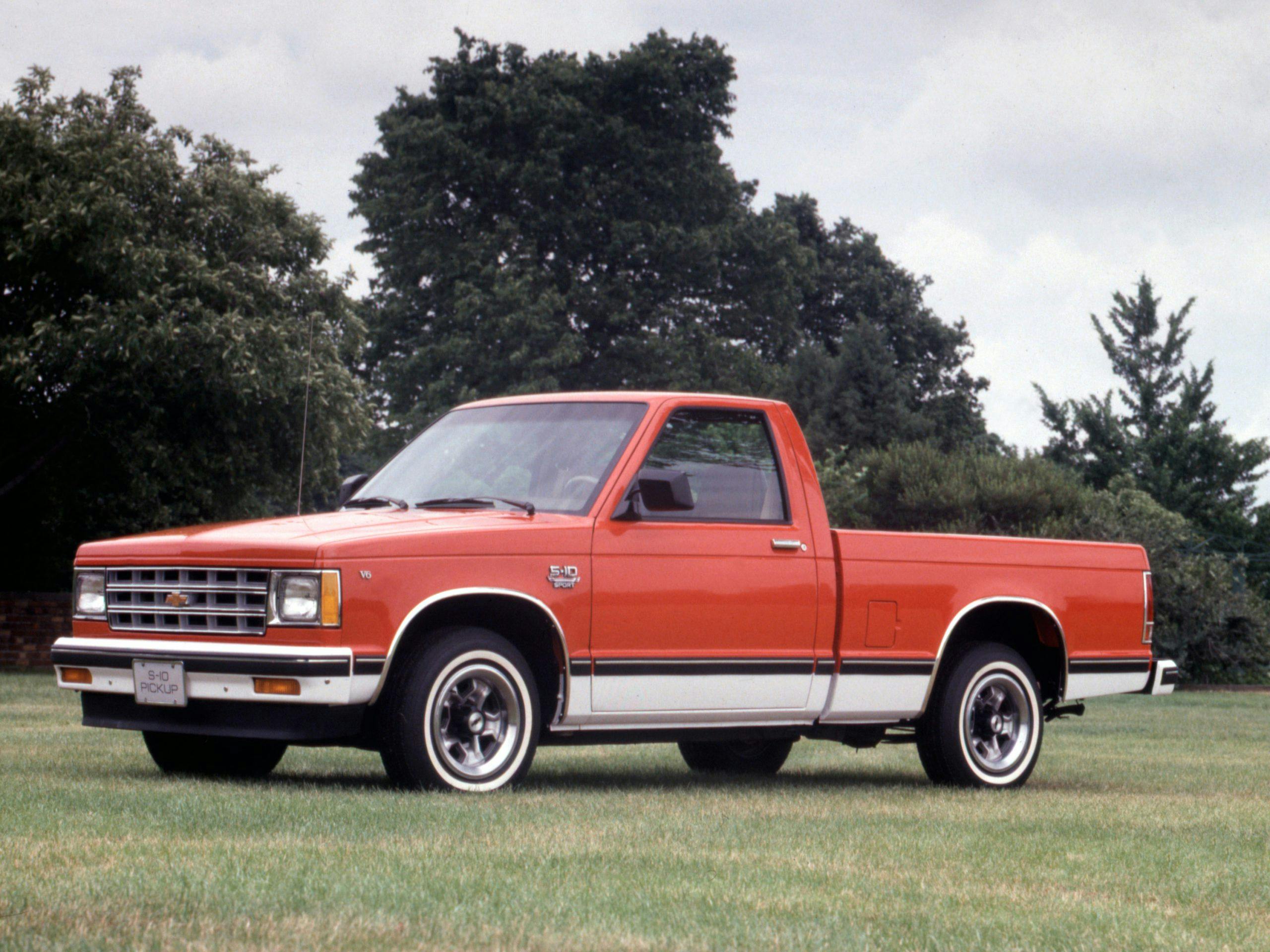
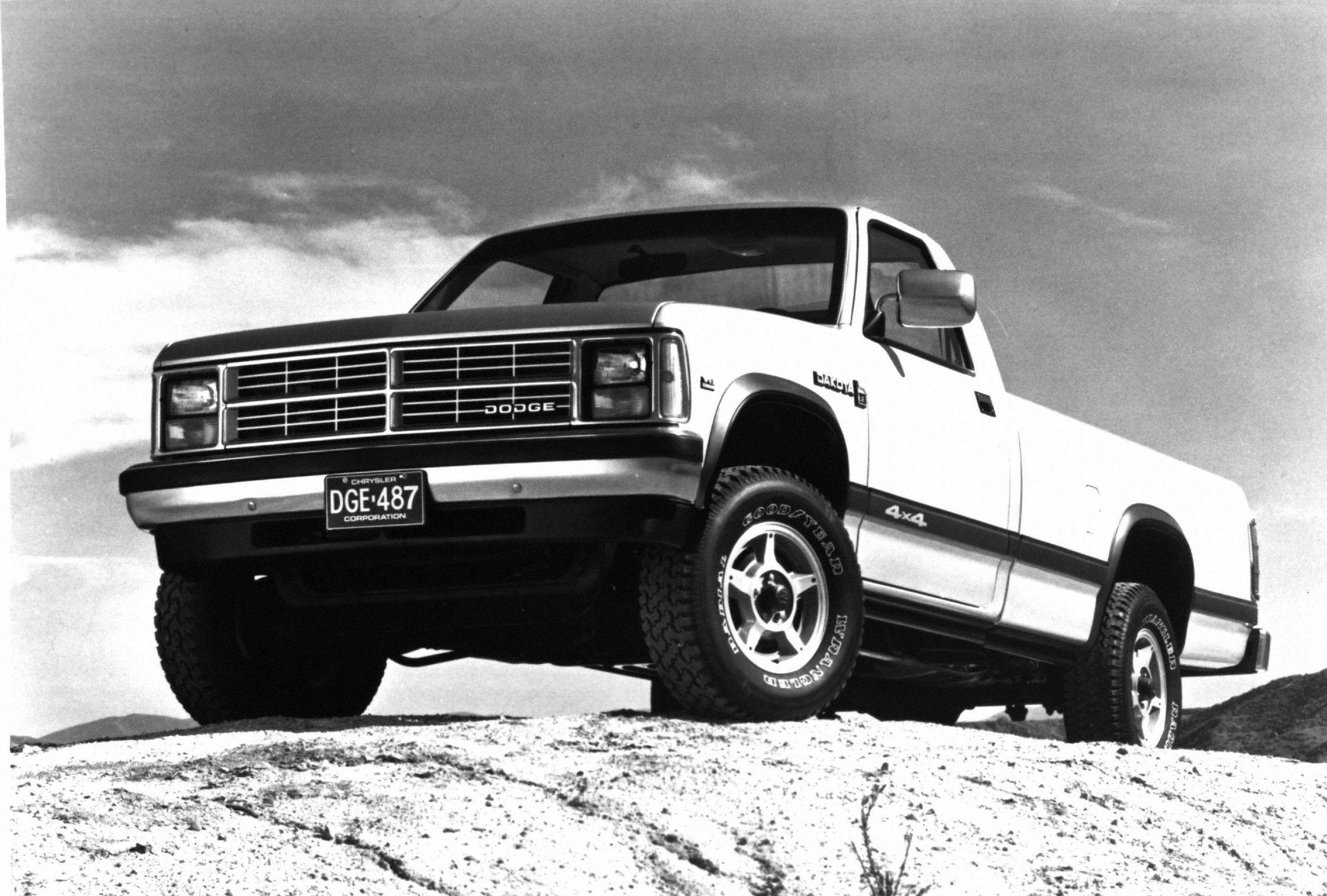
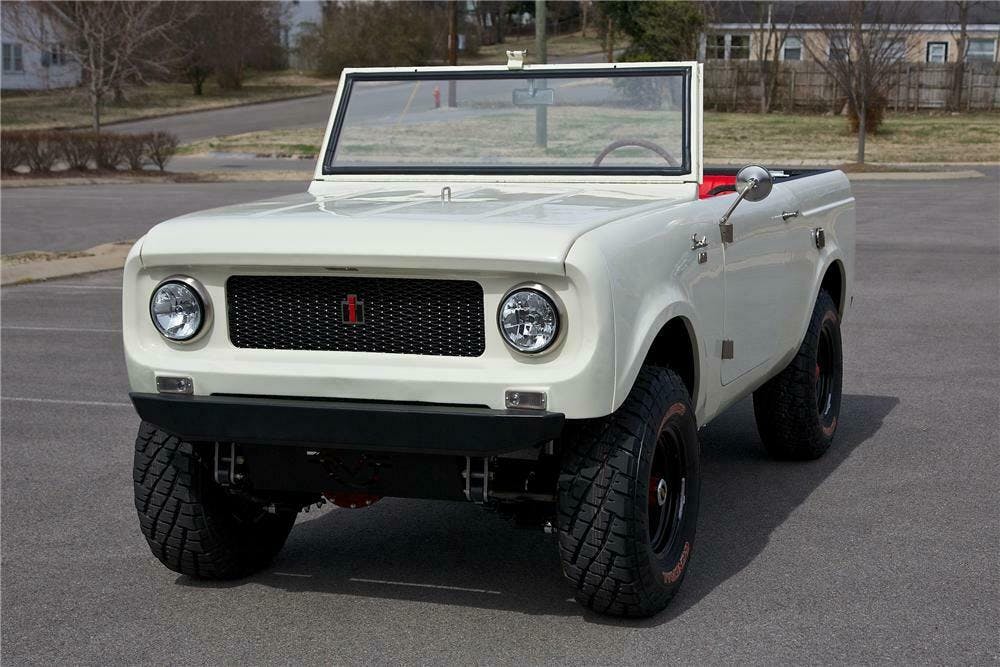

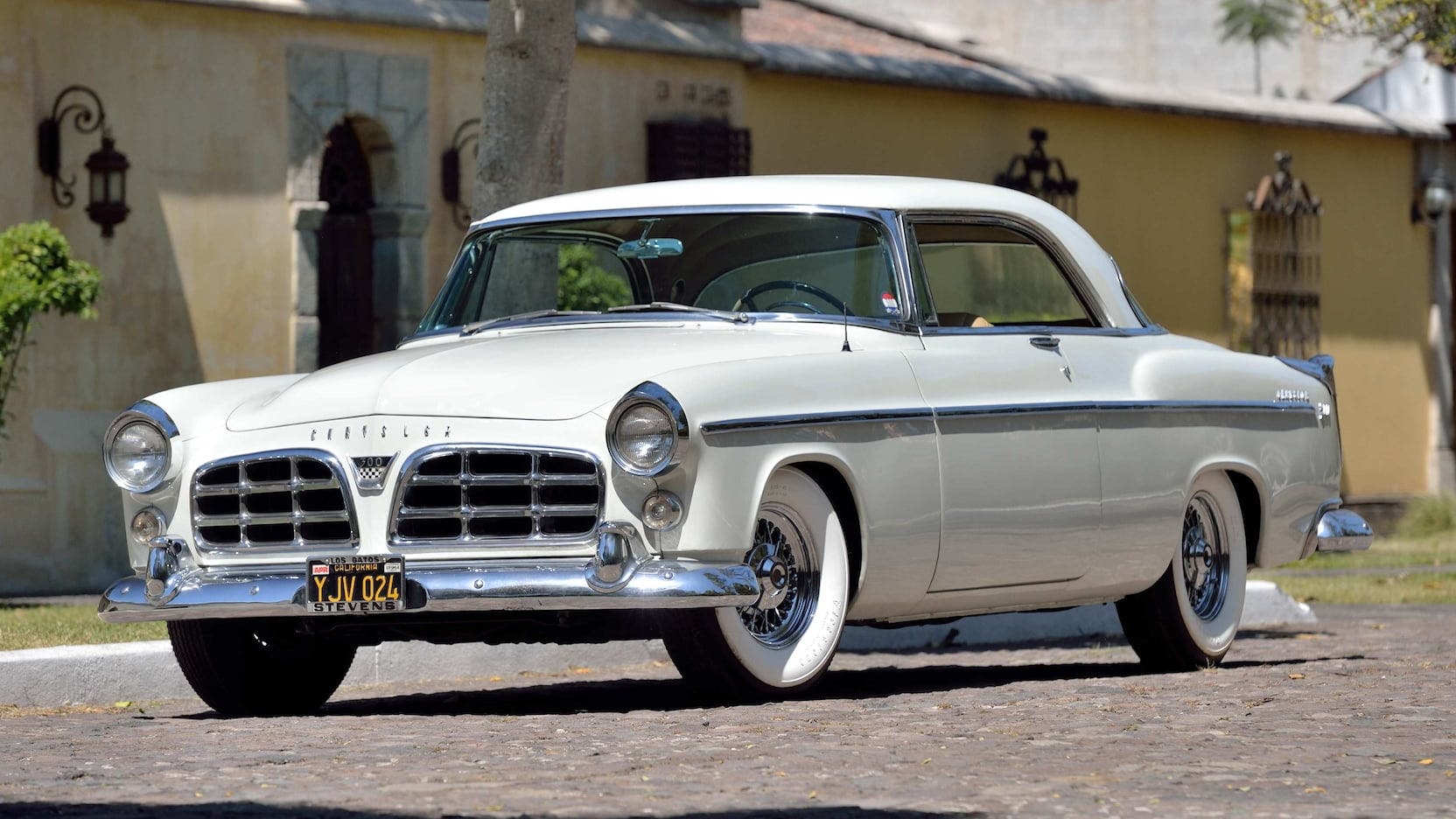
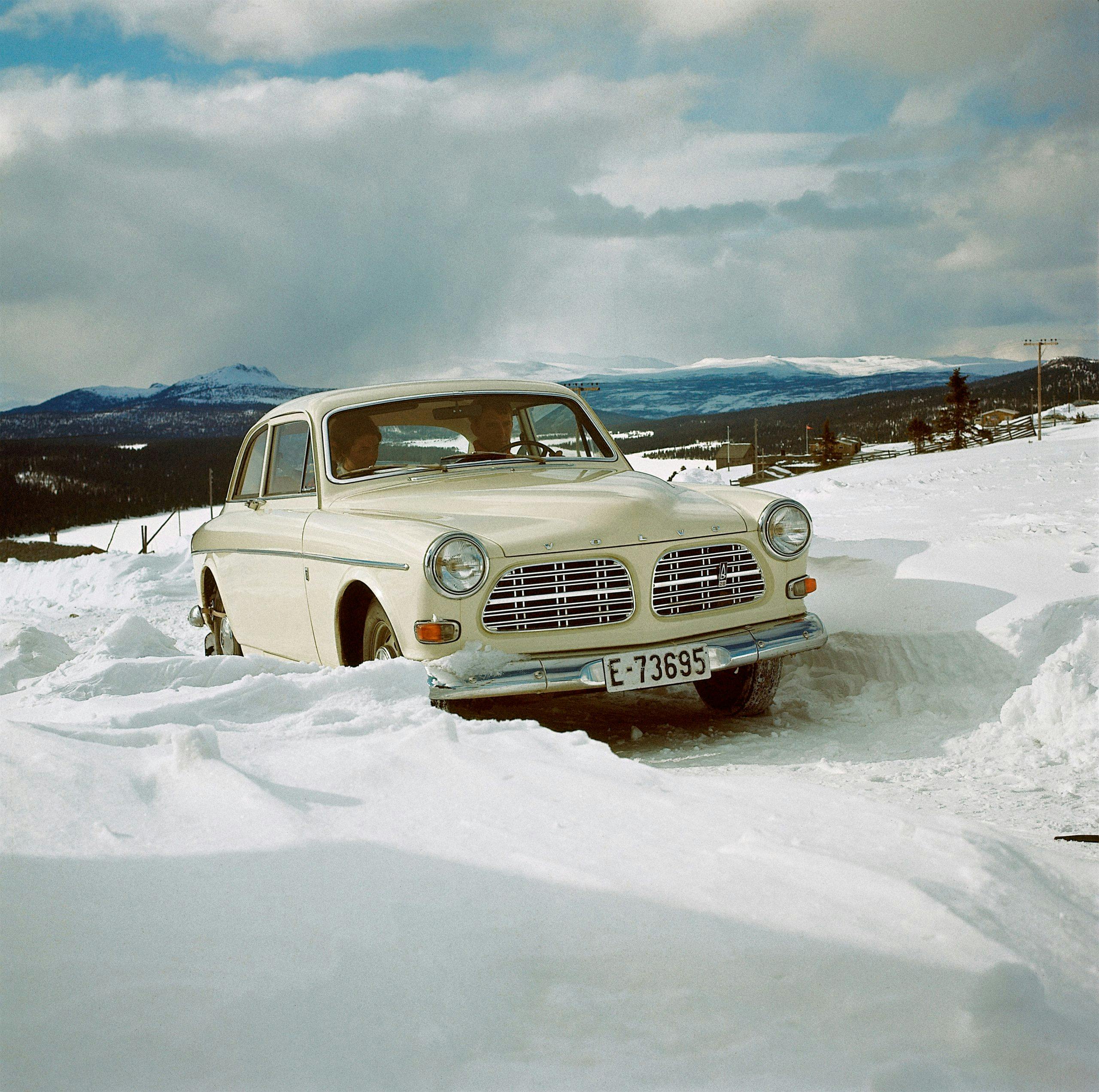
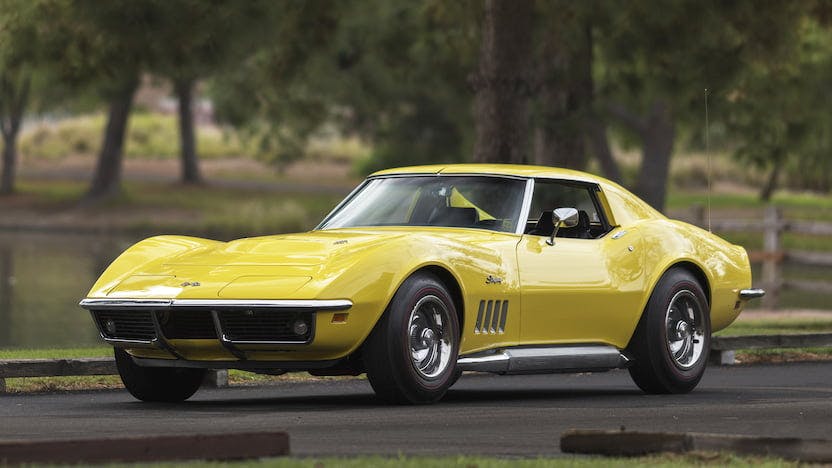
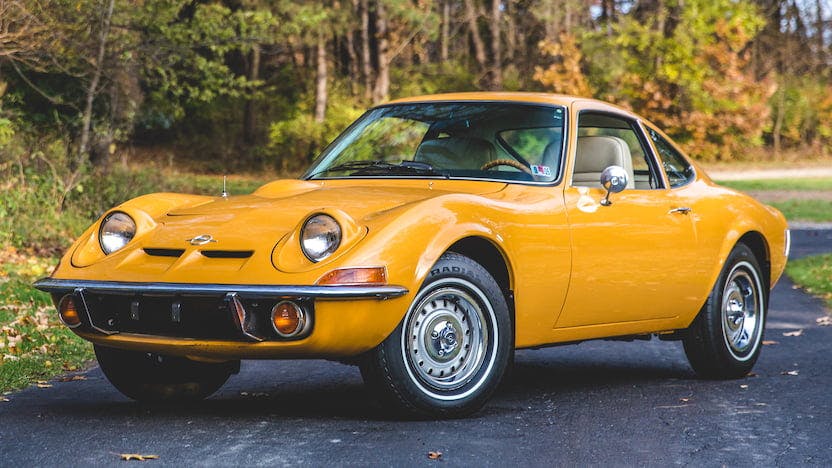
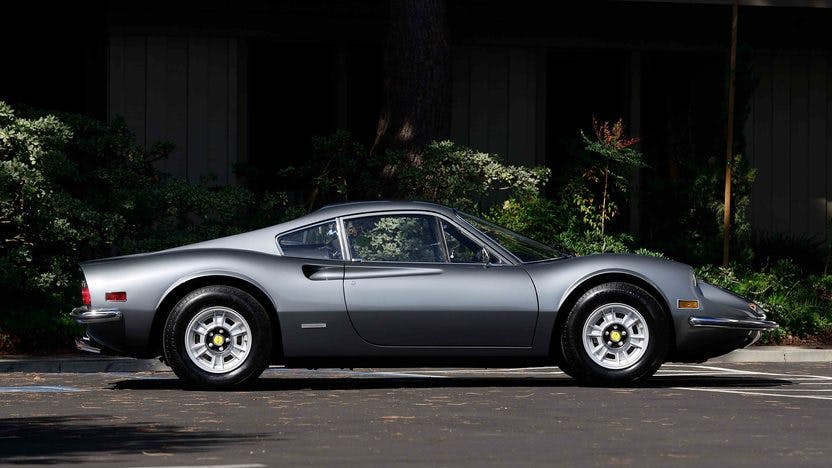
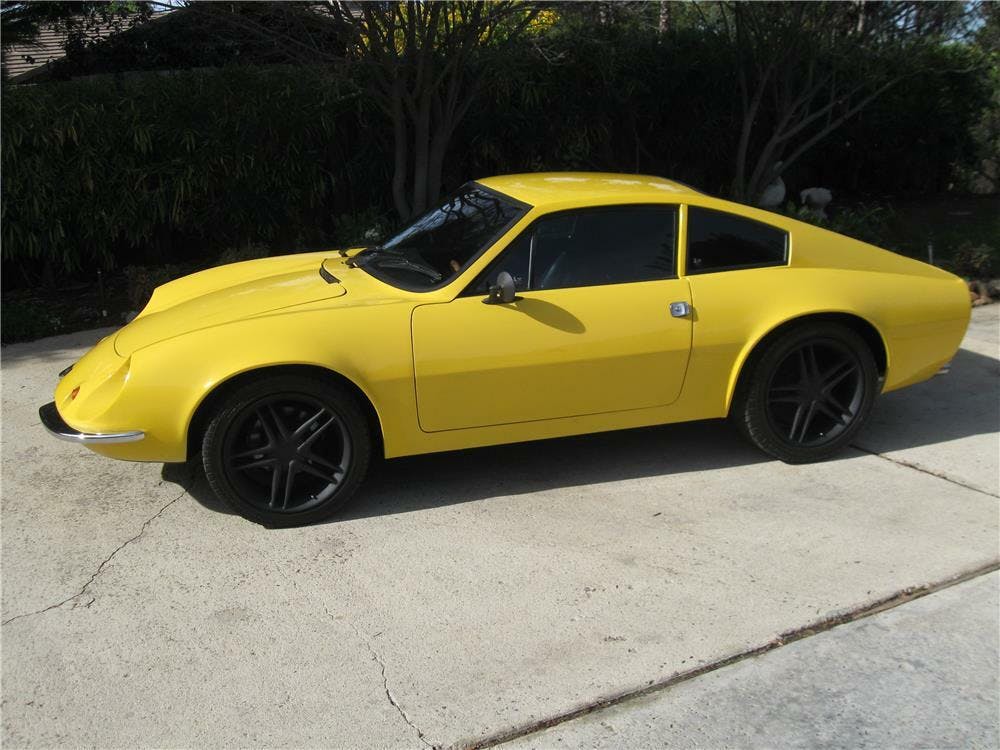
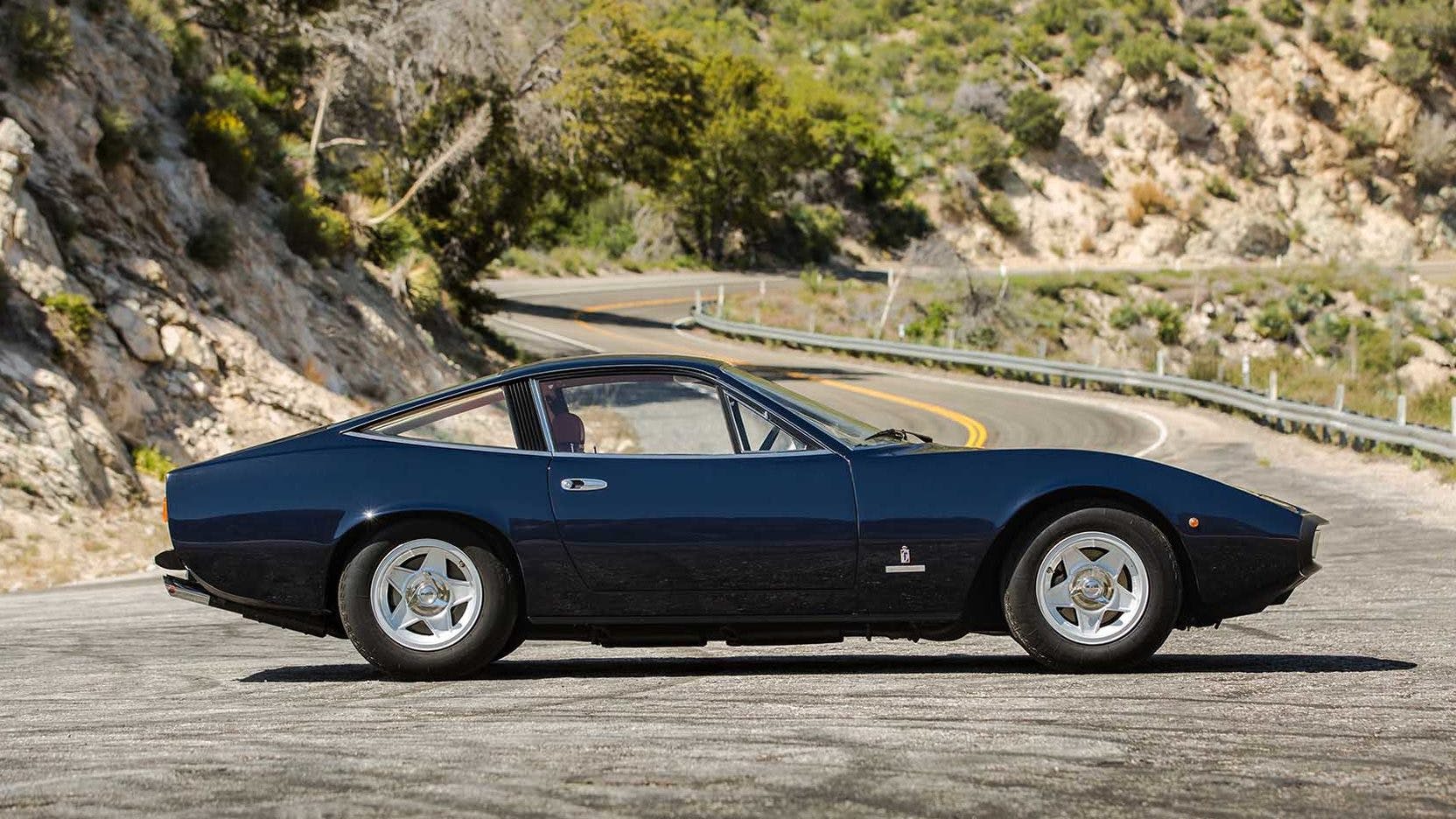
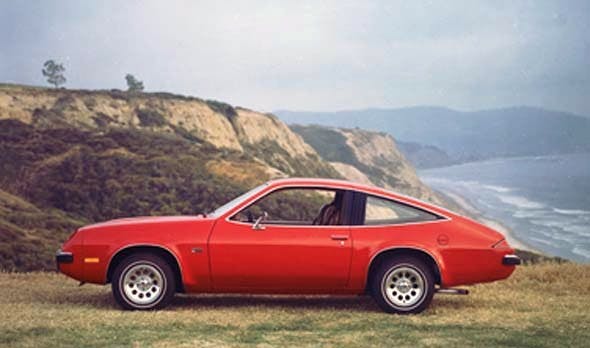

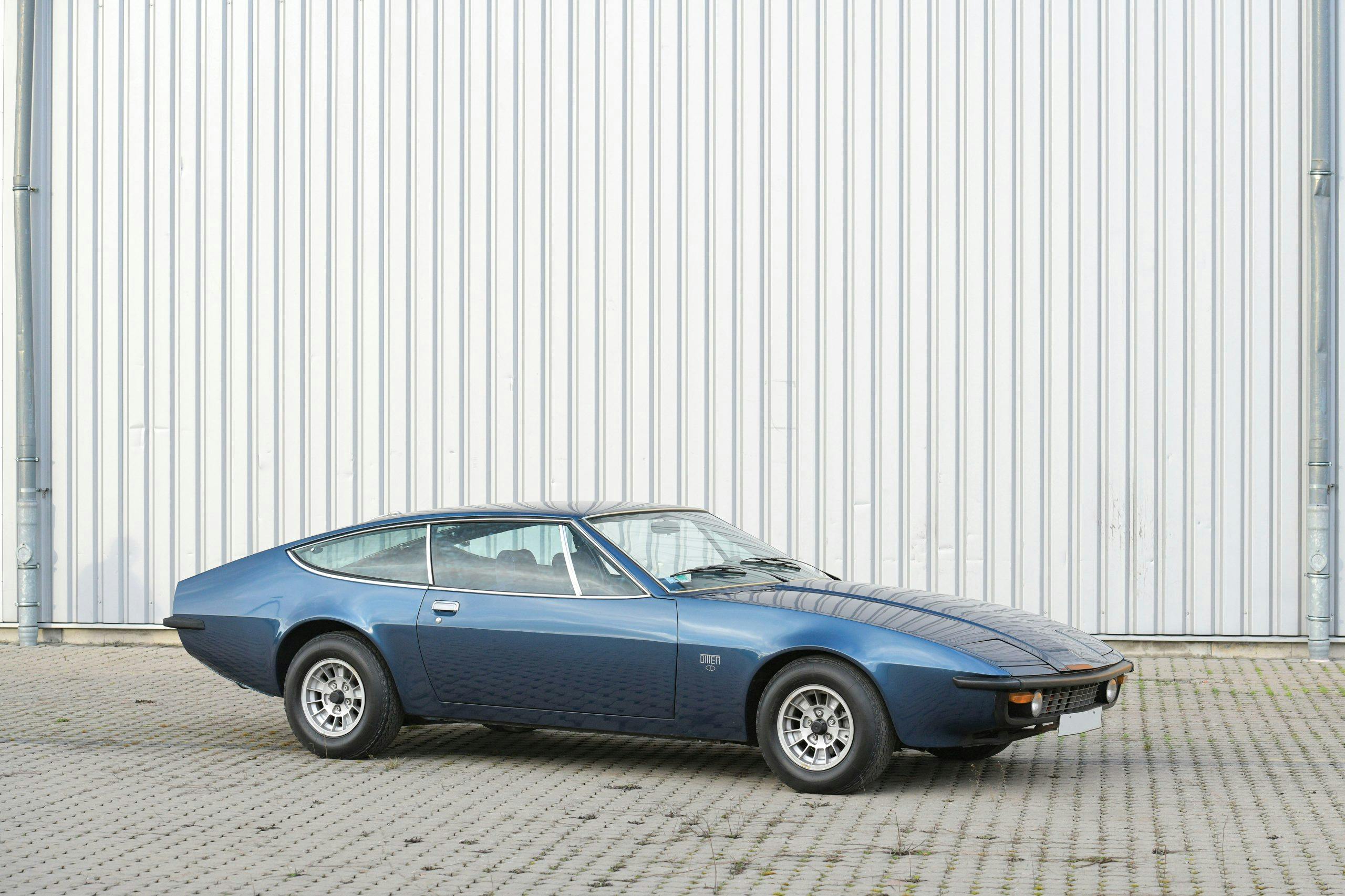
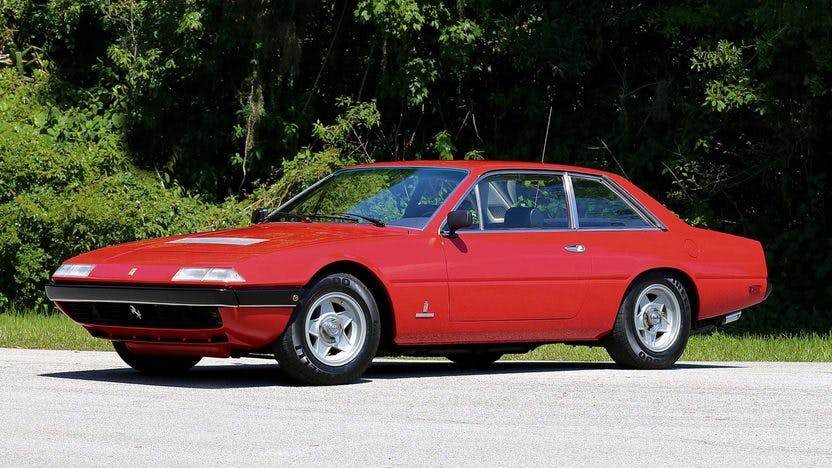
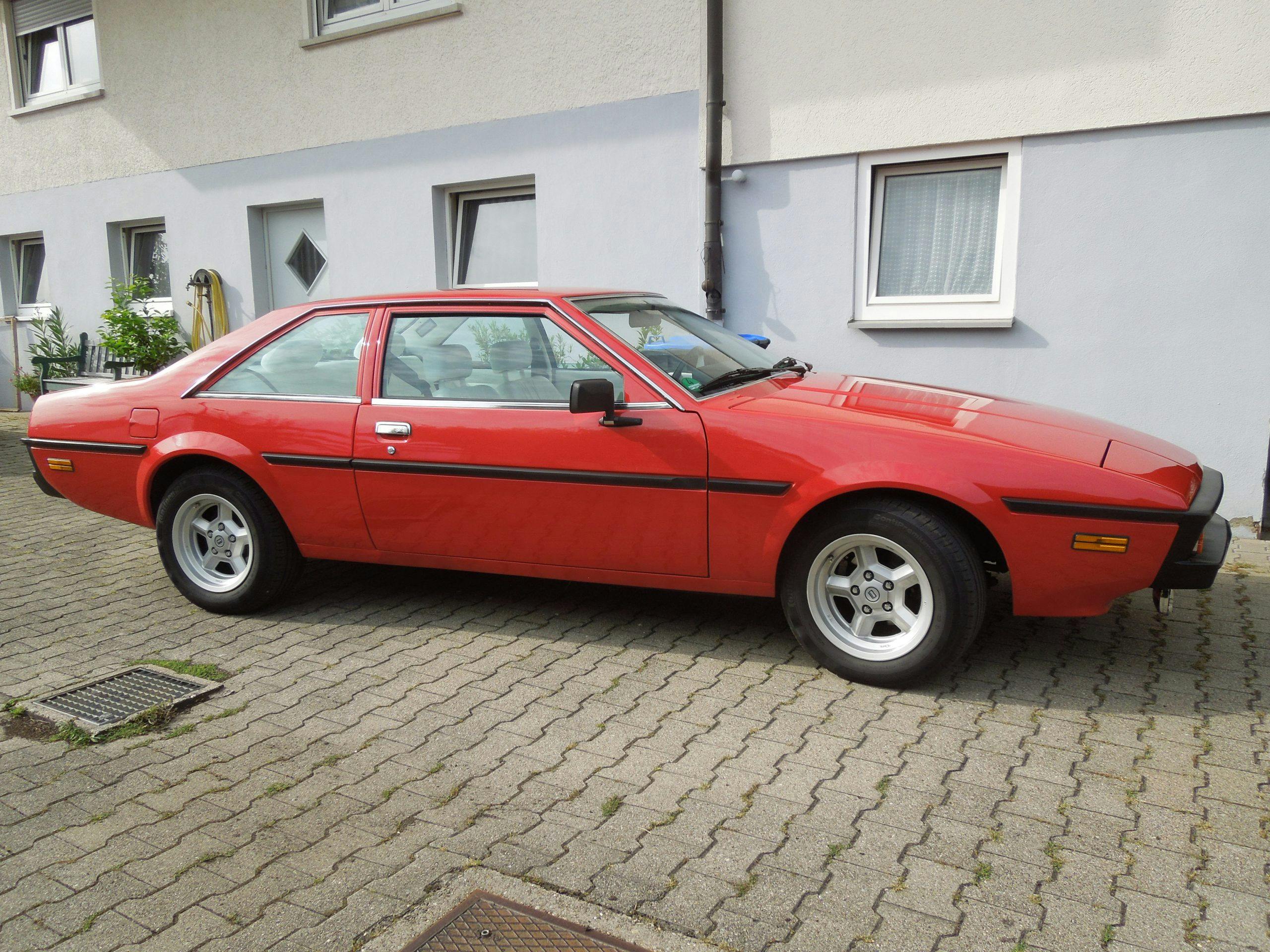
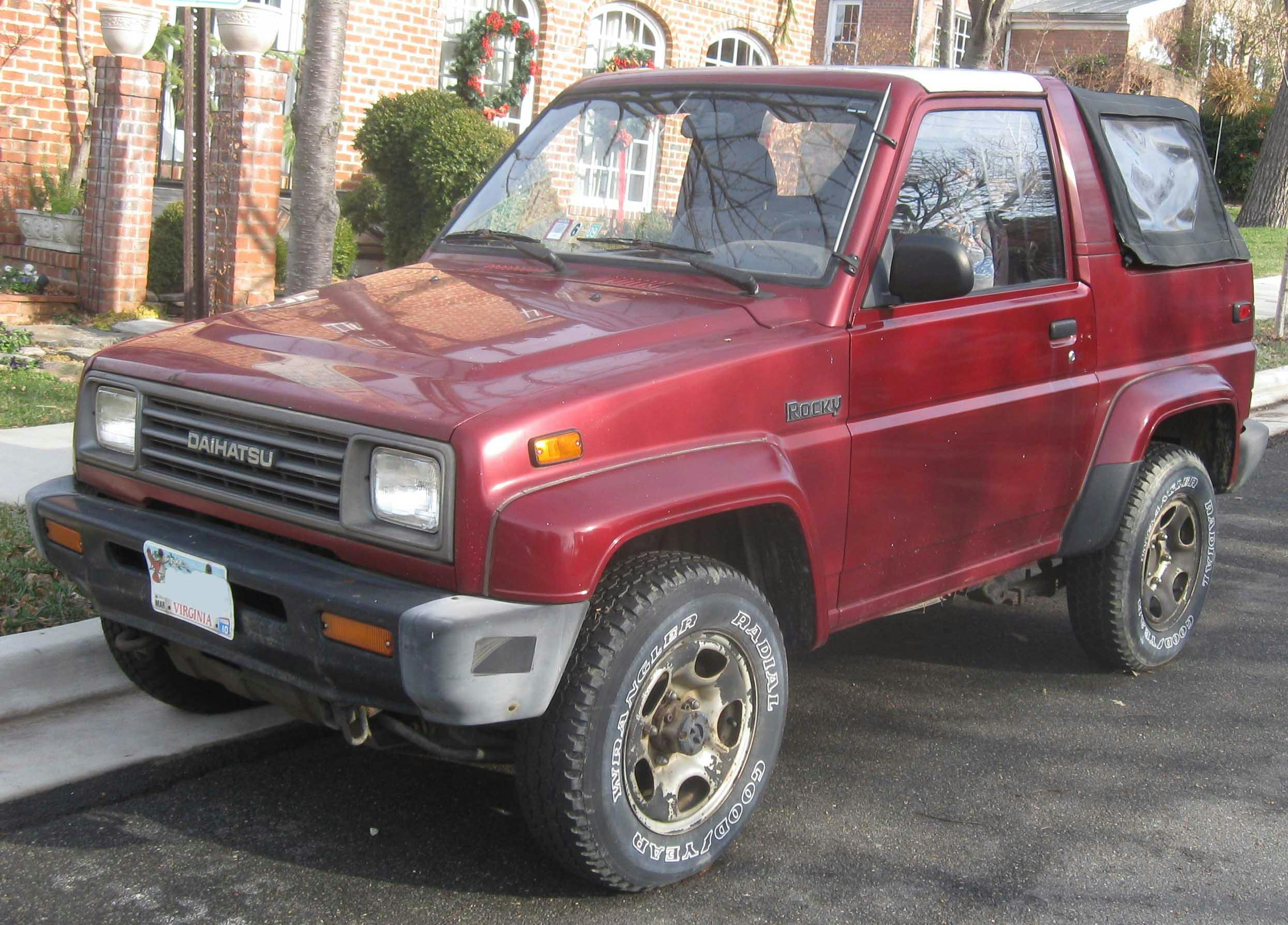
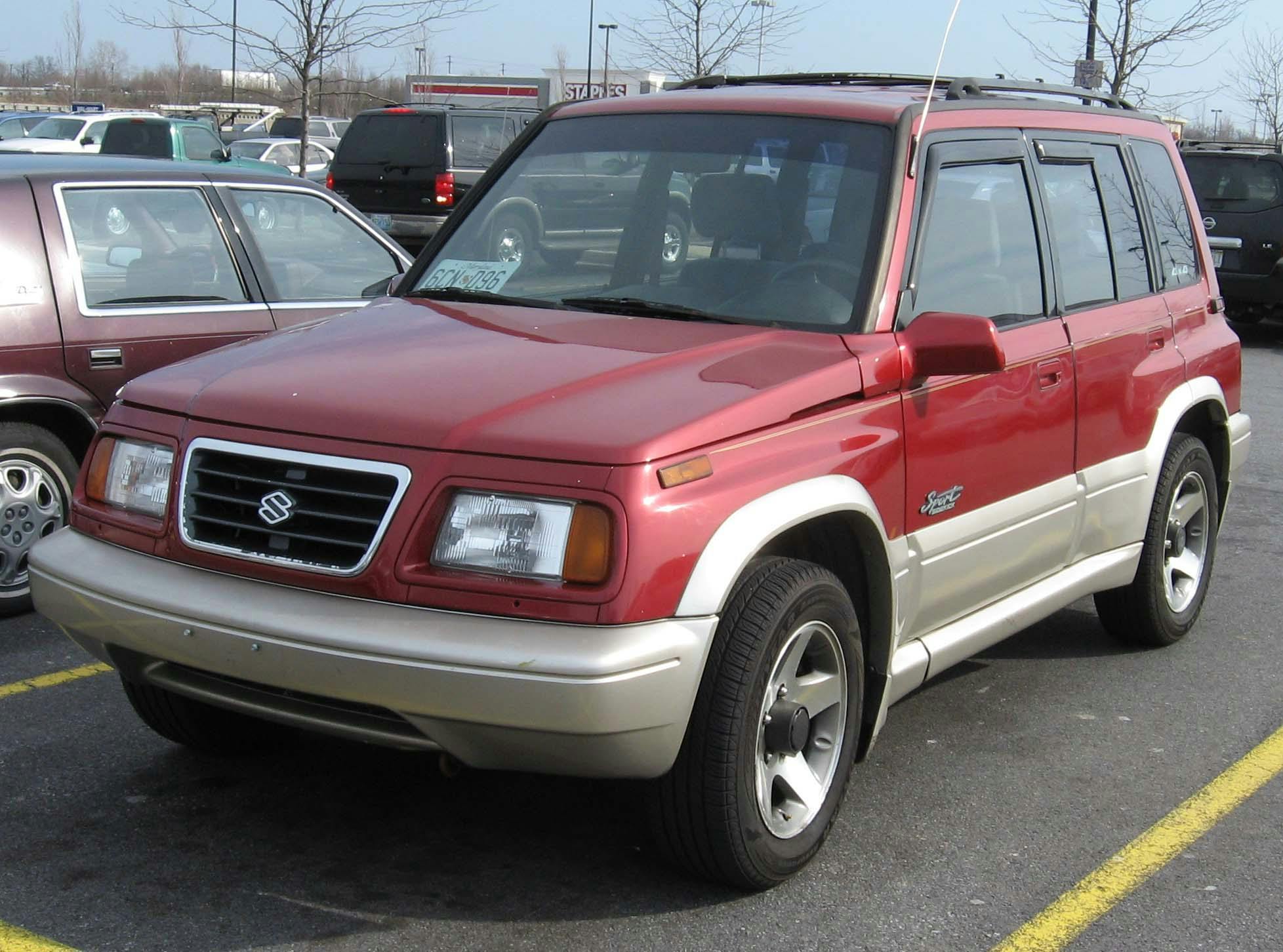
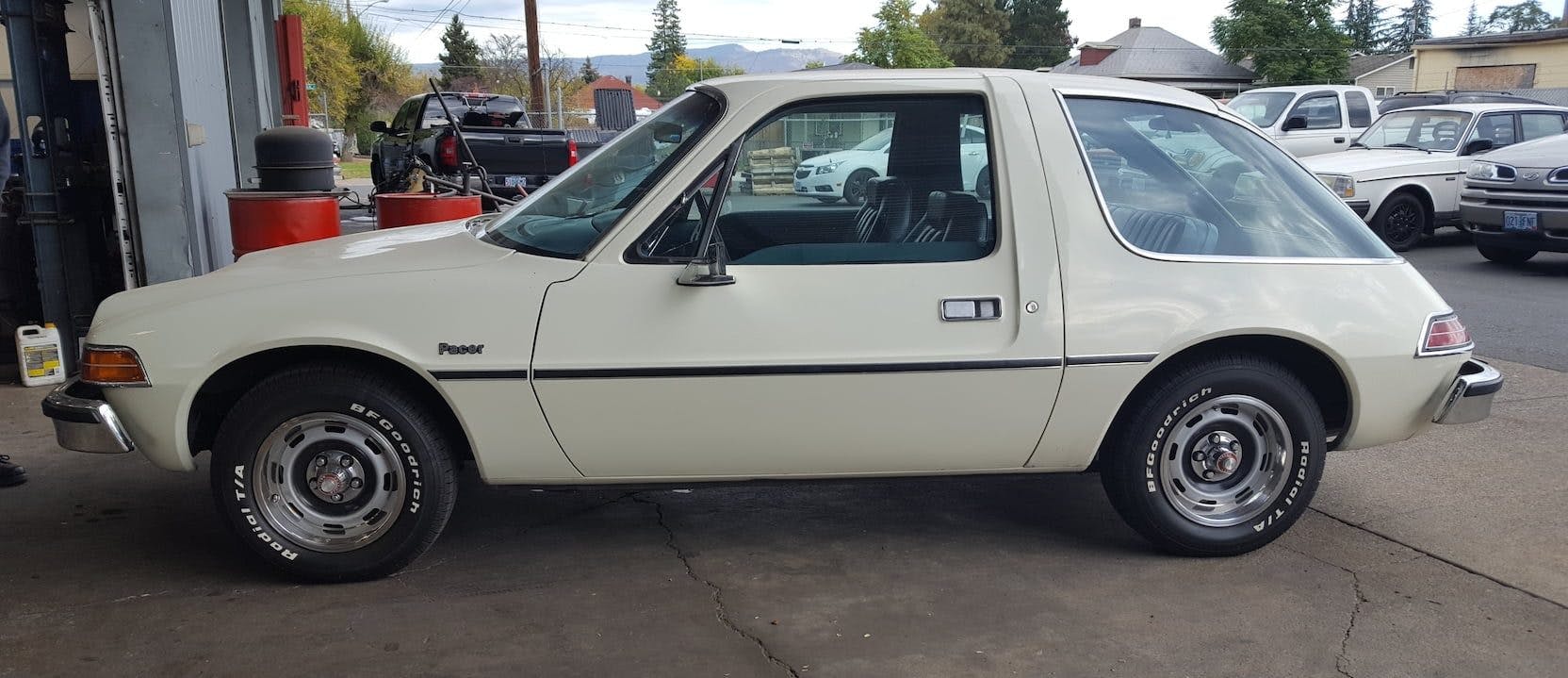

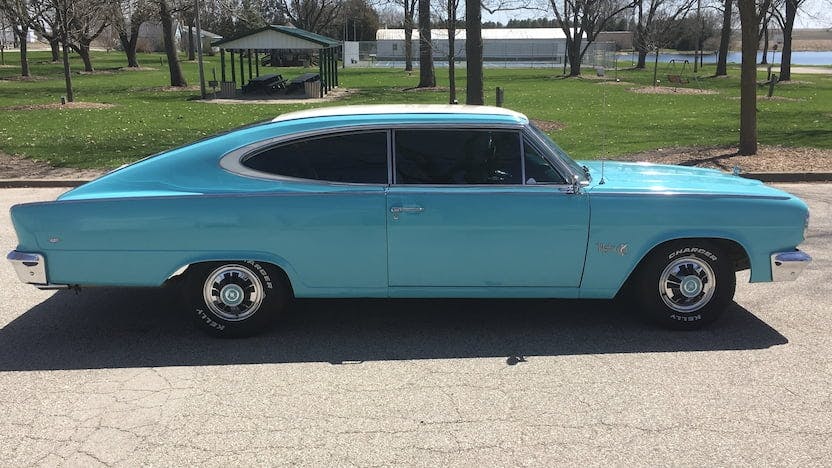
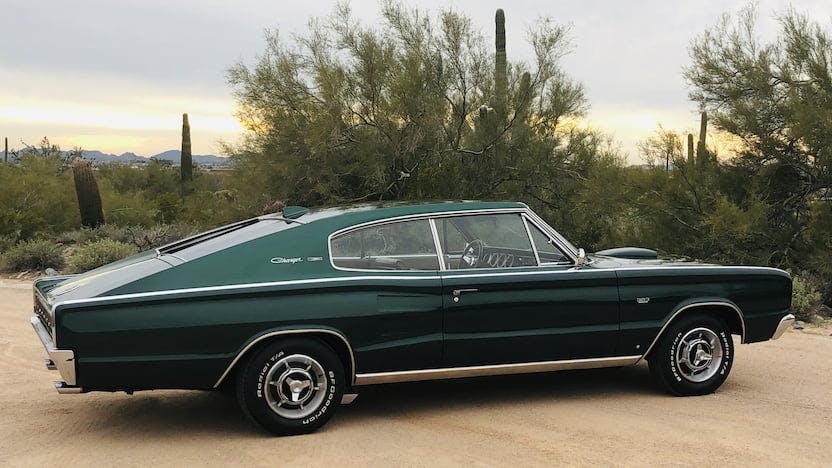


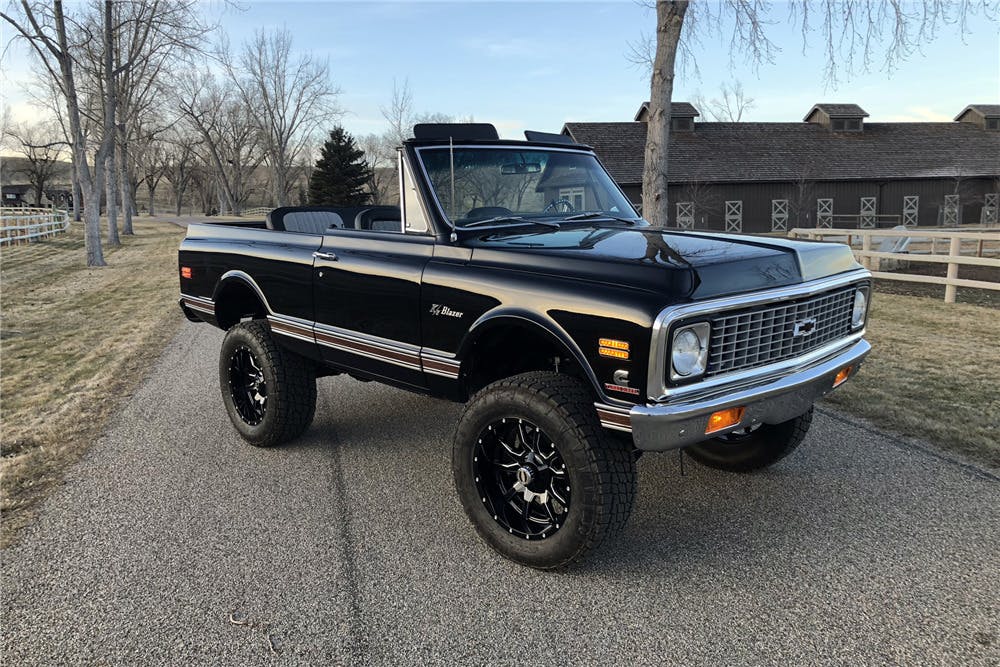
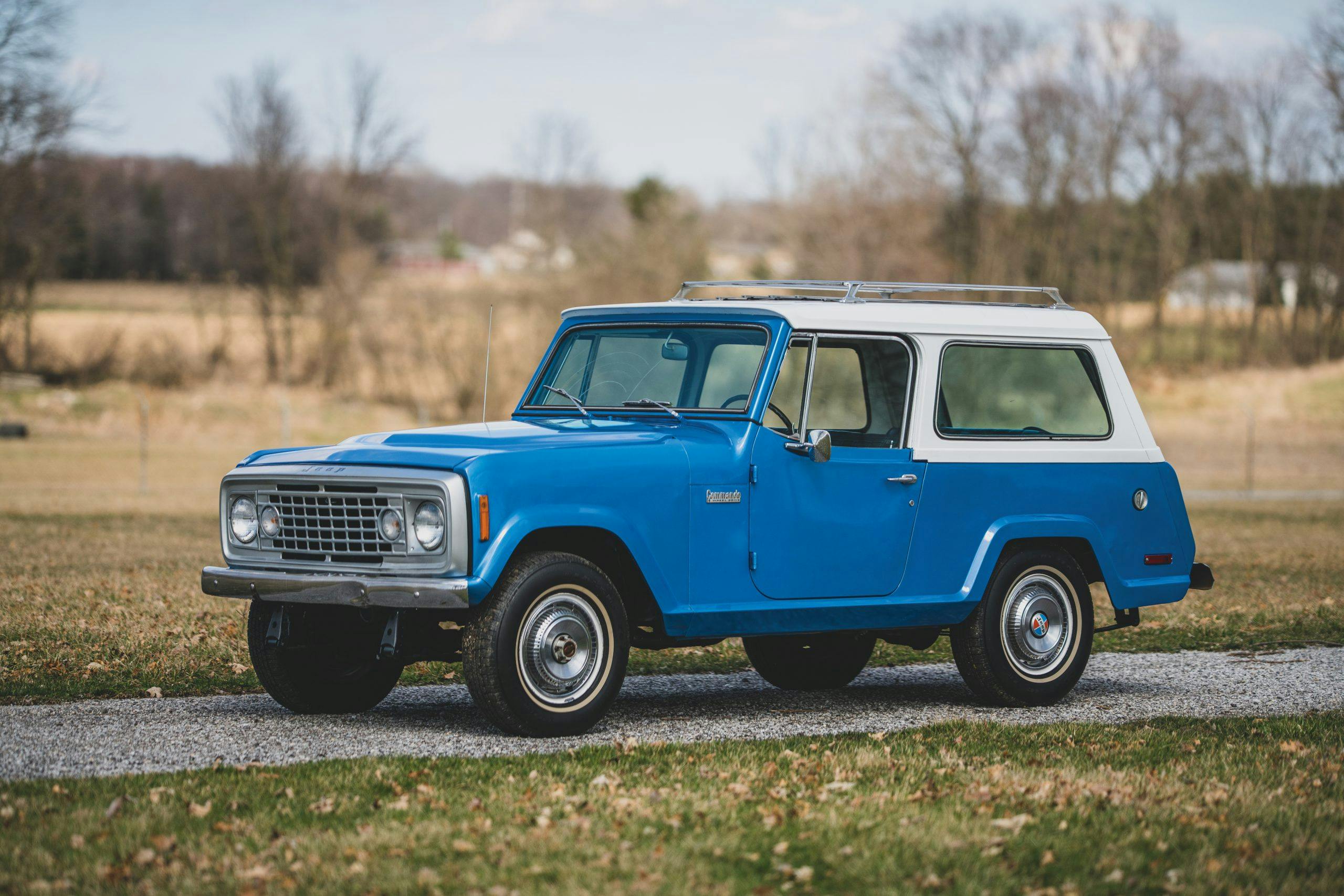
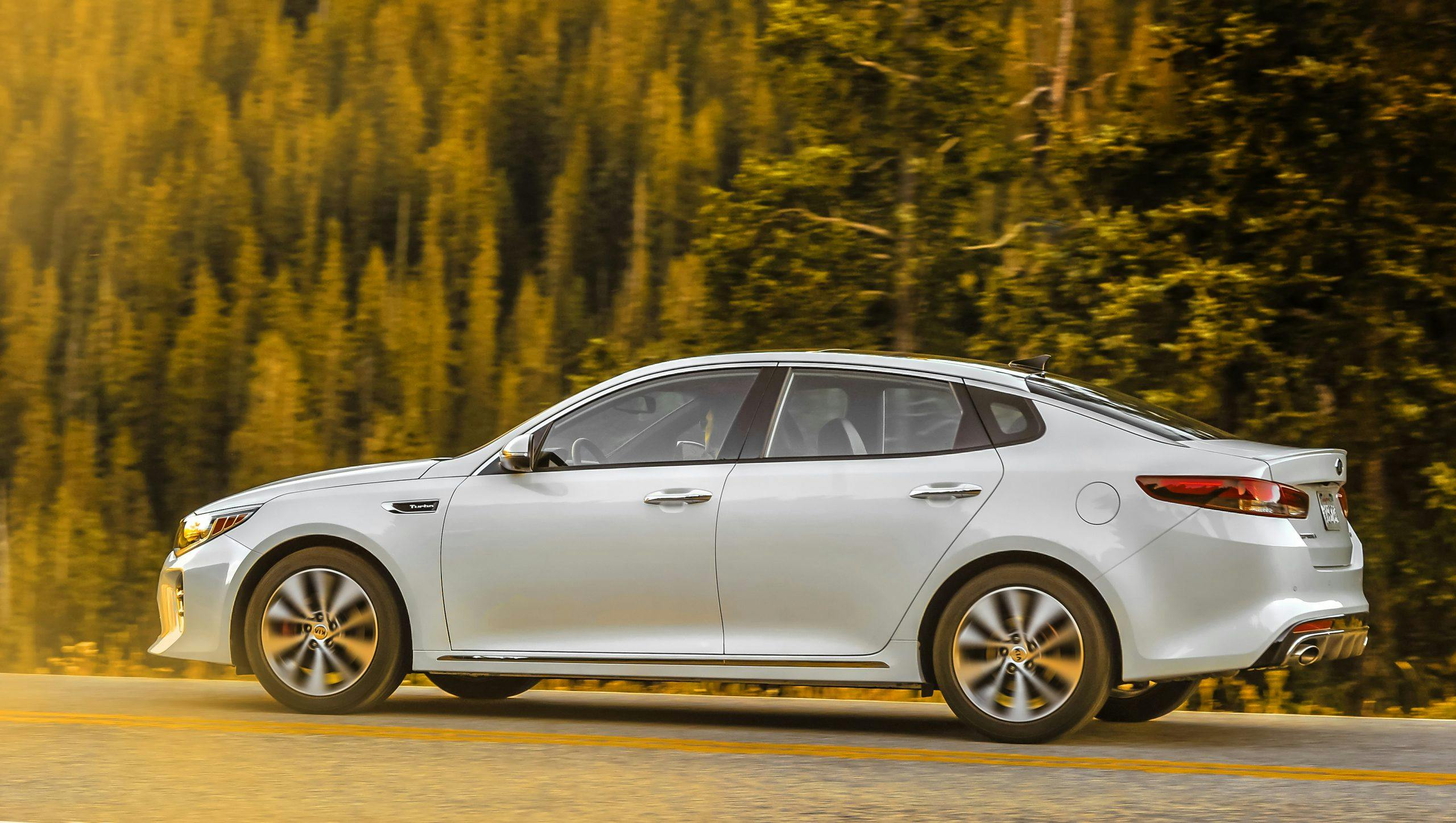
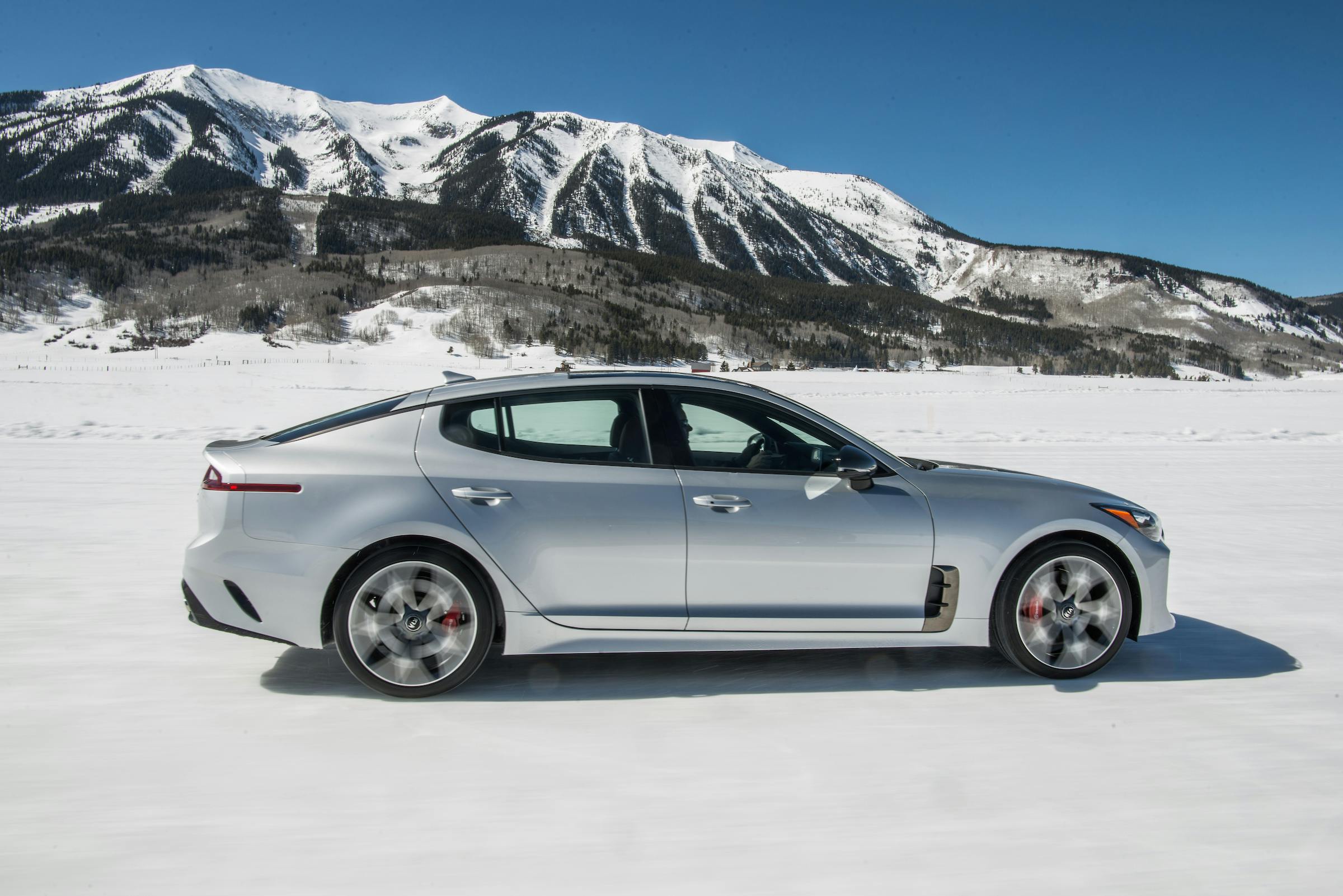

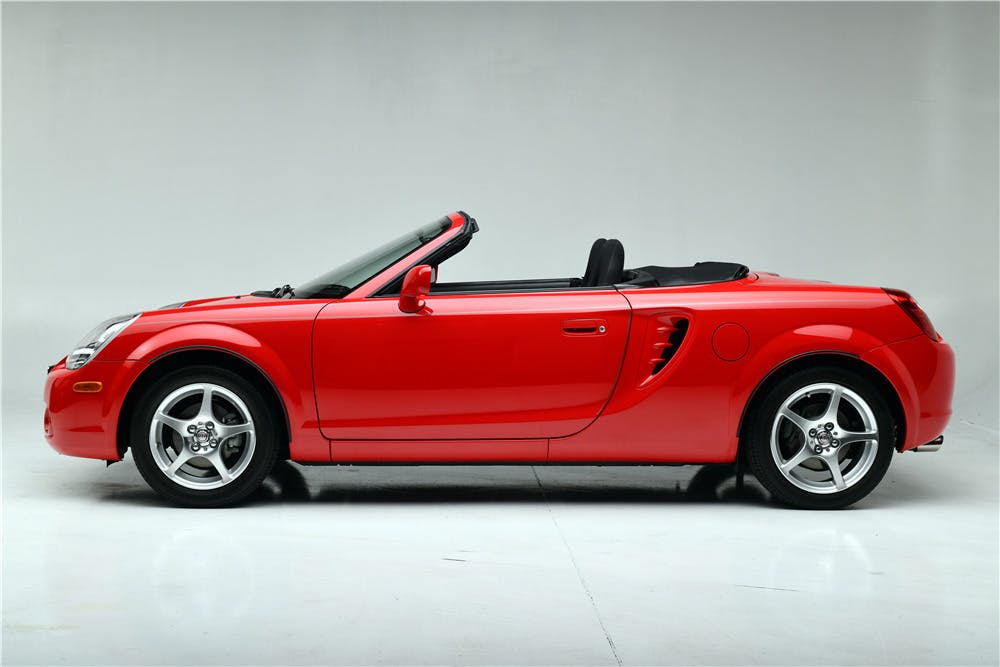

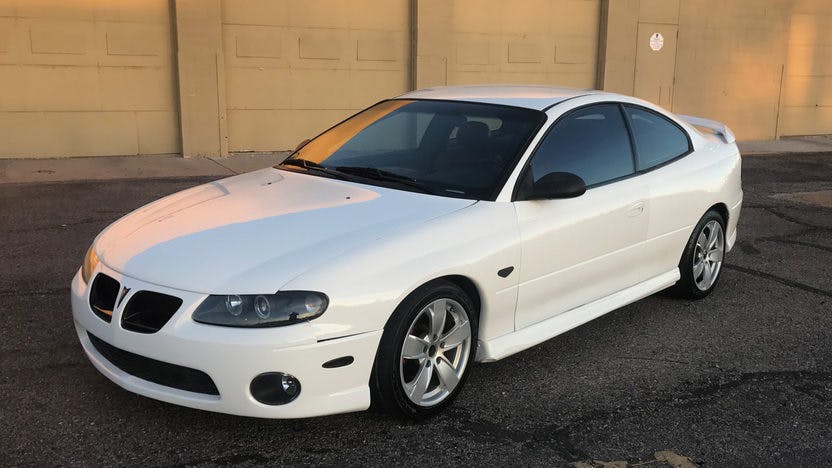
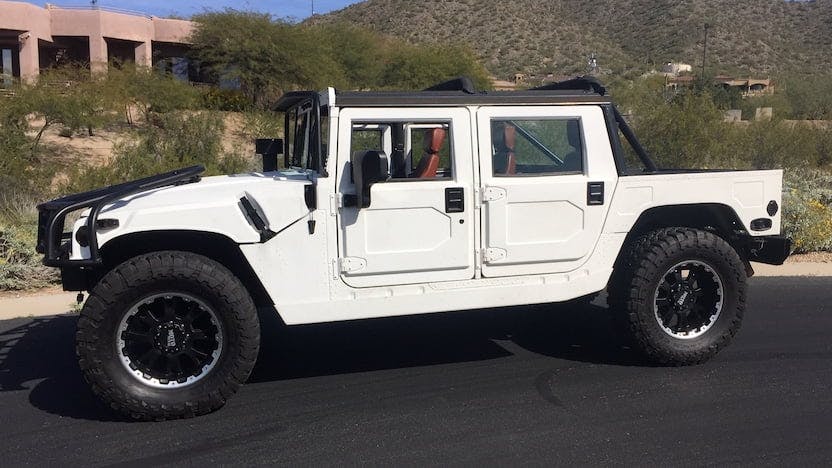
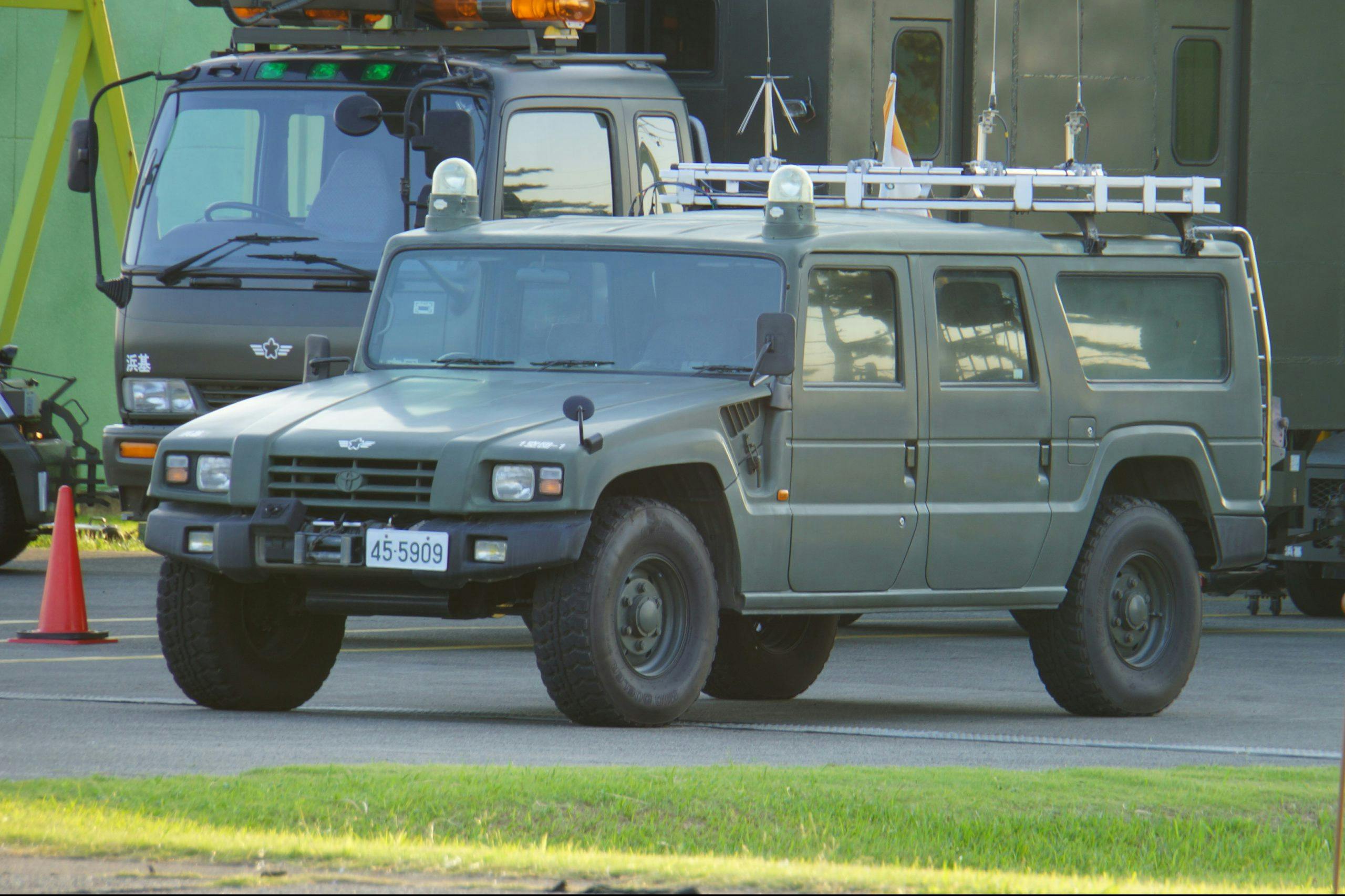


Come on man! A Porche and A Pacer? A Chrysler 300 and a old Volvo? Camera angles aside, me thinks someone has been niffing too many fumes of ethyl. May as well say a Ford pickup and a Dodge pickup because they both have 8′ beds.
You can’t see the resemblance between the 300 and Volvo? That example is one of the more obvious ones here, and I’ve always noticed the almost verbatim front end tribute Volvo paid to the Chryco. . And the text accompanying the Pacer/928 explains things rather well where one can see the inspiration the 928 designer supposedly took from the Pacer. Might need a use a little more imagination that is normally required, but writer is not off-base or “on” something.
You are forgetting the 1988 Aston Martin DB and the Mustang II.
Toyota Celica GT Liftback was only produced 1976 and 1977
No, it was only imported here for those years. It was offered in Japan starting in 1973.
It’s too early for April Fool jokes, but Pacer and Porsche and Ferrari and Monza?
How about the 1990’s Dodge Stealth and the Mitsubushi 3000GT? 😉
I know its a rebadged Dodge, but they look similar to. LOL
Yes some of these are a stretch but many are correct. On a slightly different subject I was in South Haven Michigan about a month ago and thought I saw something that was never made so I went around the block for another look. It was a bright red Opel GT convertible. Whoever did then transformation did a excellent job!
How about 2015 Mustang GT and 2007 Aston Martin DB9
Cordoba and Monte Carlo and Ltd II
I’m seeing it in all of these examples except the Dino 246 GT and Puma GTE. The Puma looks like a horrendous kit car trying to be something it clearly isn’t. Like a Lambo Fiero.
The AMC Pacer looks like if the 928 was blown up like a balloon. 😆
A number of vehicles in this list were definitely “inspired” by their doppelgänger. There was a lot of talk back in the day how the Celica was trying to clone the Mustang. It’s clearly drawn more than inspiration.
Check out the similarities between the Volvo ’72-’73 1800ES and a ’76 Jensen GT. Both “shooting brake” designs that evolved from convertibles. Note, 6000 of the early (’60-’62) P1800’s were assembled by Jensen.
Most of these were at least reasonably close. The glaring exception for me was: 1975 AMC Pacer and 1977 Porsche 928. That one nearly made me gag!
Porsche used the Pacer as a design reference. The Pacer was a daring design in the day.
Late ’50s Sunbeam Rapier / late ’50’s Studebaker Silver Hawk
’53 Studebaker sedan / ’55 Dodge sedan. (BTW the ’53 Stude is often cited as a styling basis for the Volvo Amazon. the only resemblance in your example is the grill of a later Amazon. Pls look at an earlier one.)
Profile a Porsche Panamera and a Honda Crosstour. Same lines.
Ferrari 275 GTS and the original Fiat 124 Spider.
Here are a couple more: Renault 4CV and Morris Minor, and 57 Ford Thunderbird and DKW/Auto Union SP1000